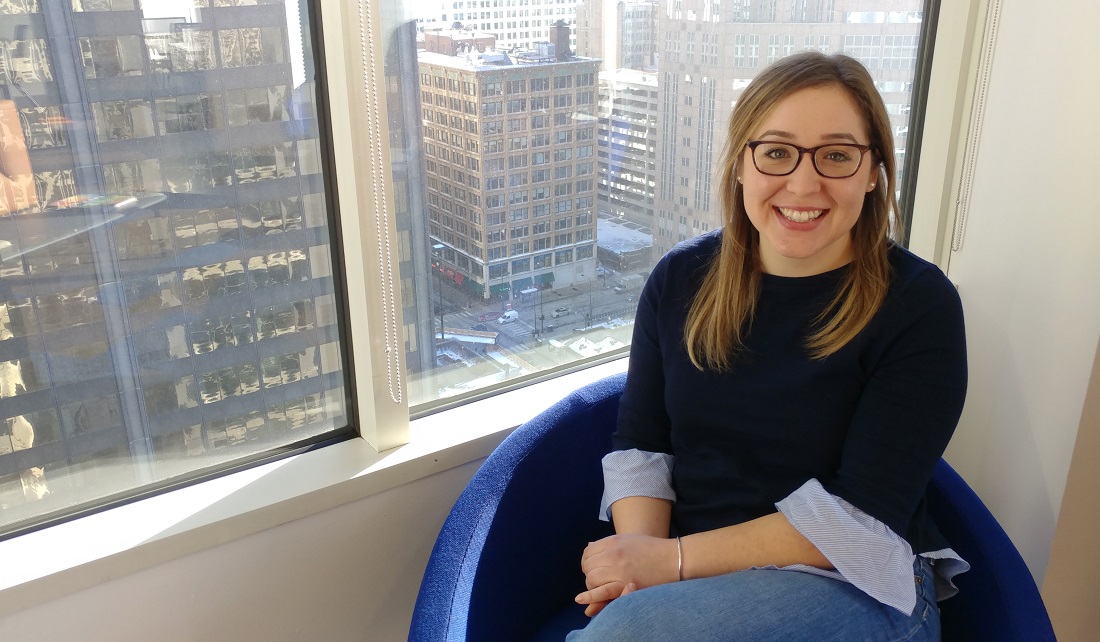
Once again, one of IISG’s interns has made good. Allison Neubauer, who began her time with the program as one of our 2013 summer interns and continued on as an educator, is now IISG’s new visiting Great Lakes outreach associate. In her role as an outreach associate, she will work with two IISG specialists to develop products and engage audiences on Great Lakes literacy and natural lawn care.
Working alongside Sarah Zack, pollution prevention specialist, Neubauer will conduct outreach activities to raise awareness of pollution making its way into our waterways—including pharmaceuticals and personal care products, microplastics, and other emerging contaminants of concern. She will serve as the point person for the Lawn to Lake program, informing communities about natural lawn care practices to cutback nutrient and chemical pollution and conserve water.
Neubauer will also work closely with Kristin TePas, community outreach specialist, to manage Great Lakes literacy projects that connect educators and students across the basin with Great Lakes science and develop resources that share research and monitoring efforts conducted onboard U.S. EPA’s R/V Lake Guardian with regional stakeholders.
During her internship, Neubauer led the development of the Lake Guardian website and the production of nine interview videos that introduce students to opportunities in marine and science careers.
Neubauer holds two Bachelor’s degrees from the University of Illinois at Urbana-Champaign.

